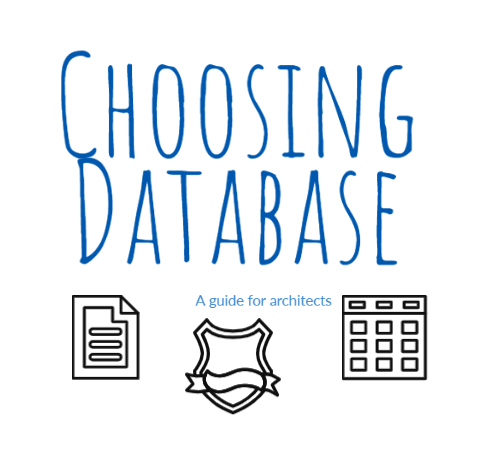Selecting the Ideal Database for Your Project: A Comprehensive Guide
Written on
Understanding Database Selection
In the modern landscape of microservices, databases play a crucial role. Numerous database types exist, each tailored for specific applications. Making the correct choice is essential to ensure your project's longevity, as every database has unique advantages and limitations suited to different use cases. Opting for an unsuitable database can result in performance degradation, data integrity issues, and challenges with scalability.
Introduction
Selecting the appropriate database for your application is a pivotal decision. Various database types, ranging from relational and key-value to graph and document databases, cater to diverse needs. Your choice should align with the specific demands of your application. By comprehending the strengths and weaknesses of each database type, you can make an informed selection, ensuring optimal data management and storage.

Purpose of This Article
This article aims to provide clear and concise guidelines for selecting the ideal database for your applications. AWS offers a comprehensive range of database services that cater to various application types, from relational databases to NoSQL and data warehousing solutions. This article also presents an overview of AWS database services.
1. The Essence of a Database
At its core, a database is a software system designed to store and manage a collection of data. A multitude of databases is available, each with distinct strengths and weaknesses. Databases organize data differently, facilitating efficient retrieval, manipulation, and analysis. Following proper guidelines for database management is crucial to ensuring data consistency, accuracy, and security.
Choosing an inappropriate database can significantly impact an application's performance and reliability. Transitioning to a new database post-launch can be a complex and risky endeavor. Thus, understanding the various database types and their characteristics is vital.
2. Varieties of Databases
Selecting the right database is essential for effective data storage, retrieval, and management. The main types include:
Relational SQL Database
Best suited for structured data, where records with similar formats are organized into rows and tables. Ideal for applications requiring intricate data relationships and transactional integrity, such as accounting and CRM systems.
NoSQL Database
Designed for large volumes of unstructured or semi-structured data, making it suitable for applications needing high scalability and rapid query responses, like content management and social media platforms.
Graph Database
Optimized for managing complex relationships between datasets, these databases excel at traversing graphs and hierarchies. Common applications include fraud detection and recommendation systems.
Time-Series Database
Tailored for handling time-stamped data, these databases are optimized for quick data insertion and retrieval based on timestamps. Typical use cases involve IoT systems and financial market data.
Object Database
Designed for complex object-oriented data structures, these databases facilitate easier data management and representation, often used in scientific and engineering applications.
3. AWS Database Options for Your Applications
Amazon Web Services (AWS) provides a diverse array of database services tailored for various application needs. Below is a summary of key AWS database offerings:
Amazon Relational Database Service (RDS)
A managed service that automates backup, scaling, and monitoring for various relational database engines like MySQL, PostgreSQL, and Oracle.
Amazon Aurora
A MySQL and PostgreSQL-compatible relational database engine, offering advanced features like multi-master replication and automatic failover, perfect for critical applications.
Amazon DynamoDB
A NoSQL service featuring auto-scaling and backup capabilities, designed for high performance and availability, supporting both key-value and document data models.
Amazon DocumentDB
A fully-managed, MongoDB-compatible document database that combines the scalability of NoSQL with the flexibility of the MongoDB data model.
Amazon Neptune
A fast and reliable graph database service designed for handling complex relationships.
Amazon Timestream
A serverless time-series database optimized for managing time-stamped data efficiently.
Amazon Redshift
A fully-managed data warehousing solution for large-scale analytics, featuring machine learning integration and real-time data streaming.
Amazon ElastiCache
A managed in-memory database compatible with Redis and Memcached, providing real-time optimized services that can scale to millions of operations per second.
Summary
Choosing the right database is crucial for enhancing project longevity. Different databases possess unique strengths and weaknesses, making them more suitable for specific applications and use cases. An incorrect database choice can lead to performance bottlenecks, integrity issues, and scalability challenges, ultimately affecting application functionality. By selecting the appropriate database service, you can ensure efficient data storage, management, and analysis.
This video, titled "How to Choose the Right Database for Your Use Case! Choosing the Right Database!" provides insights into selecting the most suitable database for your needs.
The second video, "Choosing The Right Database," further explores the considerations involved in making the right database choice.